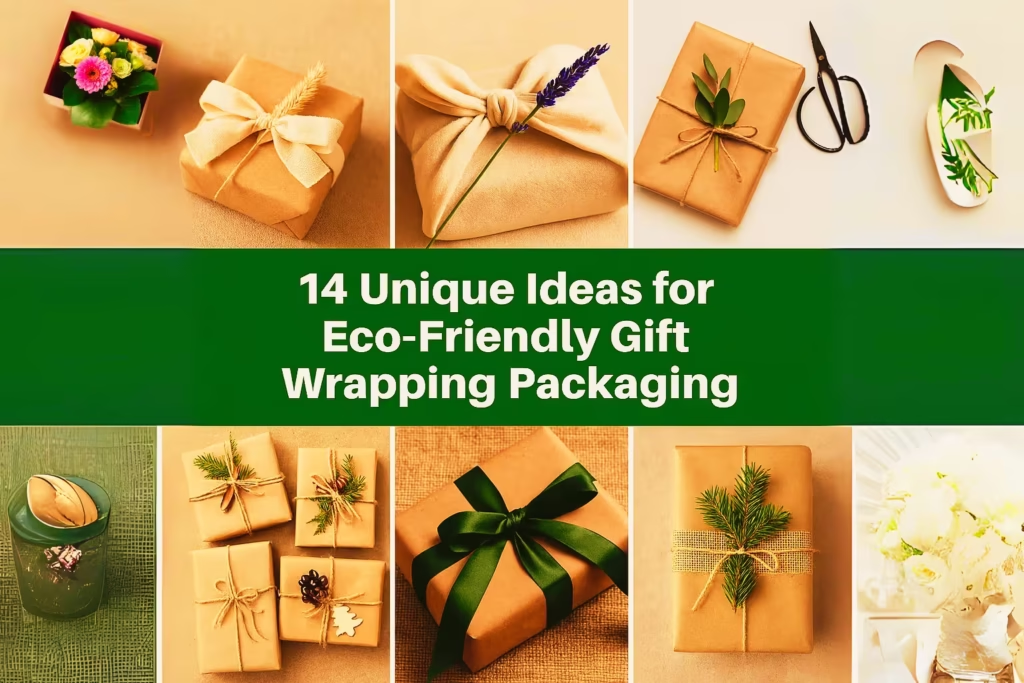During the holidays people often marvel at mountains of colourful paper, ribbons and plastic tape. Unfortunately this tradition comes with a cost – researchers estimate that Americans alone throw out an extra 25 million tons of garbage during the holiday season. Much of this waste is wrapping paper, which is frequently laminated, glitter‑coated or covered in foil and therefore non‑recyclable. As consumers become more eco‑conscious, the demand for sustainable gift wrapping has surged. This guide combines research from the top six search results to offer creative, environmentally responsible alternatives to single‑use wrapping paper.
Why Eco‑Friendly Packaging Matters
Conventional gift wrap often contains plastic films, glitters and laminates that cannot be recycled, turning an otherwise recyclable paper into trash. Plastic tape and glossy bows similarly compromise recyclability. By choosing biodegradable & eco friendly packaging or reusable materials, you reduce landfill waste, conserve resources and often save money in the long term.
Sustainable wraps also allow you to add a personal touch – whether with fabric, recycled paper or natural decorations – that makes the gift itself more meaningful.
14 Eco‑Friendly Gift Packaging Ideas
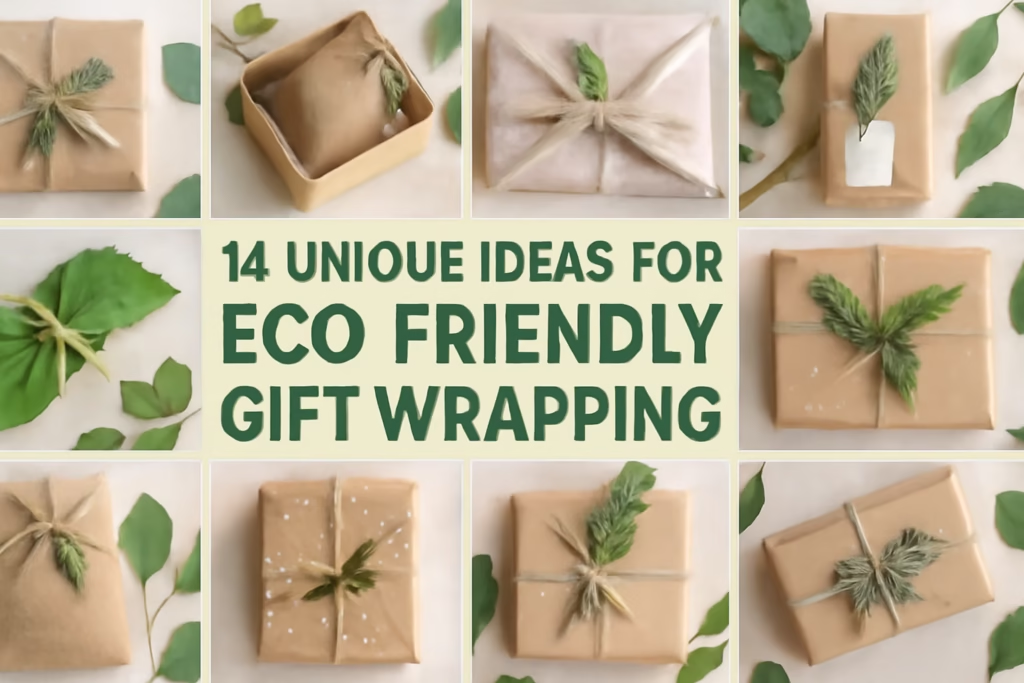
1 Recycled kraft paper and twine
Kraft paper made from recycled fibres is one of the simplest eco‑friendly wraps. Unlike glossy paper, plain kraft can be recycled up to seven times, especially if you avoid heavy ink and glitter. Look for paper printed with soy‑based inks and certified by the Forest Stewardship Council (FSC) for responsible forestry. Secure the package with biodegradable jute or hemp twine and add a sprig of pine or dried orange slice for a natural touch. Plastic tape isn’t required because kraft paper holds creases well.
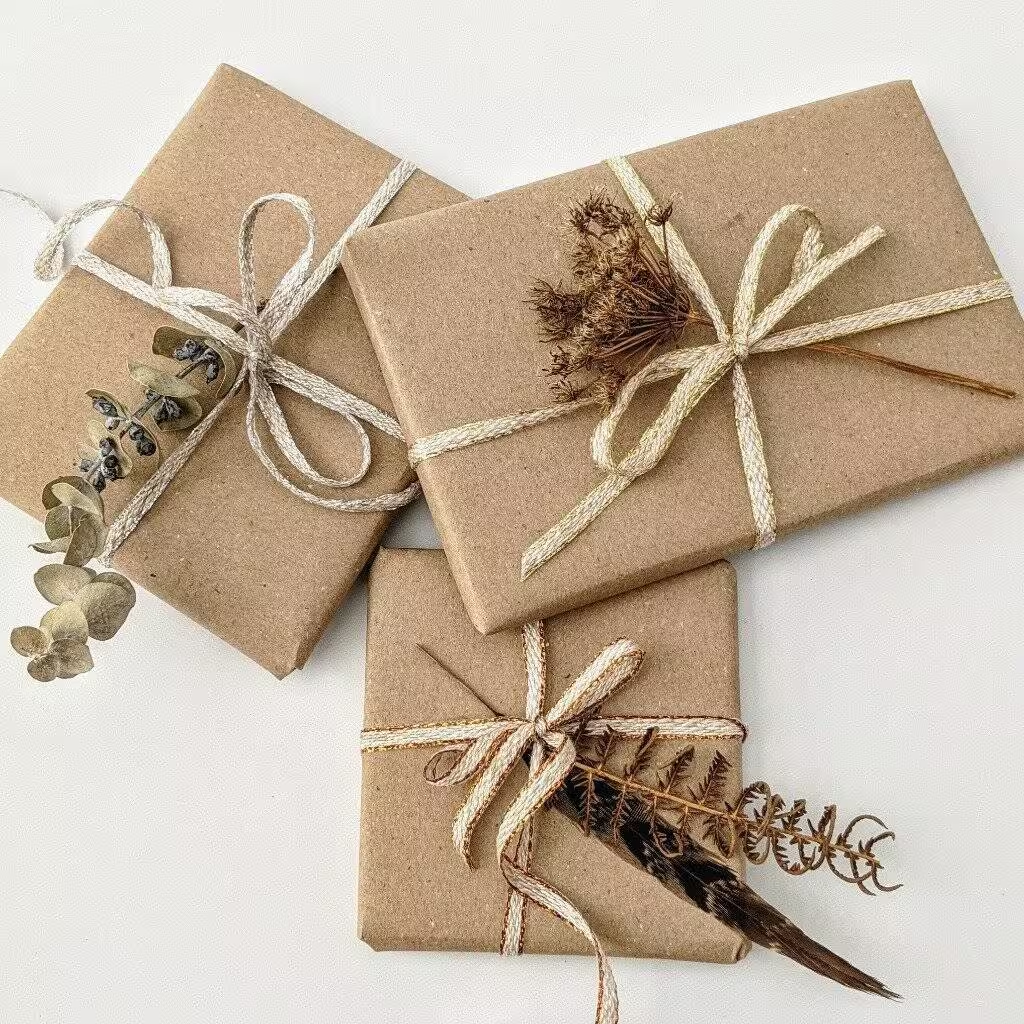
Image Source: Notonthehighstreet
2 Fabric wraps (Furoshiki and upcycled fabrics)
The Japanese art of Furoshiki uses square pieces of fabric to wrap and tie gifts. Cloth wraps can be made from reusable napkins, scarves, bandanas or vintage linens; after unwrapping, the recipient can reuse the fabric. Upcycle old T‑shirts or pillowcases by cutting them into squares and sewing a simple hem. Cotton or linen wraps offer a beautiful texture and can be washed and used again for future gifts or as household textiles.
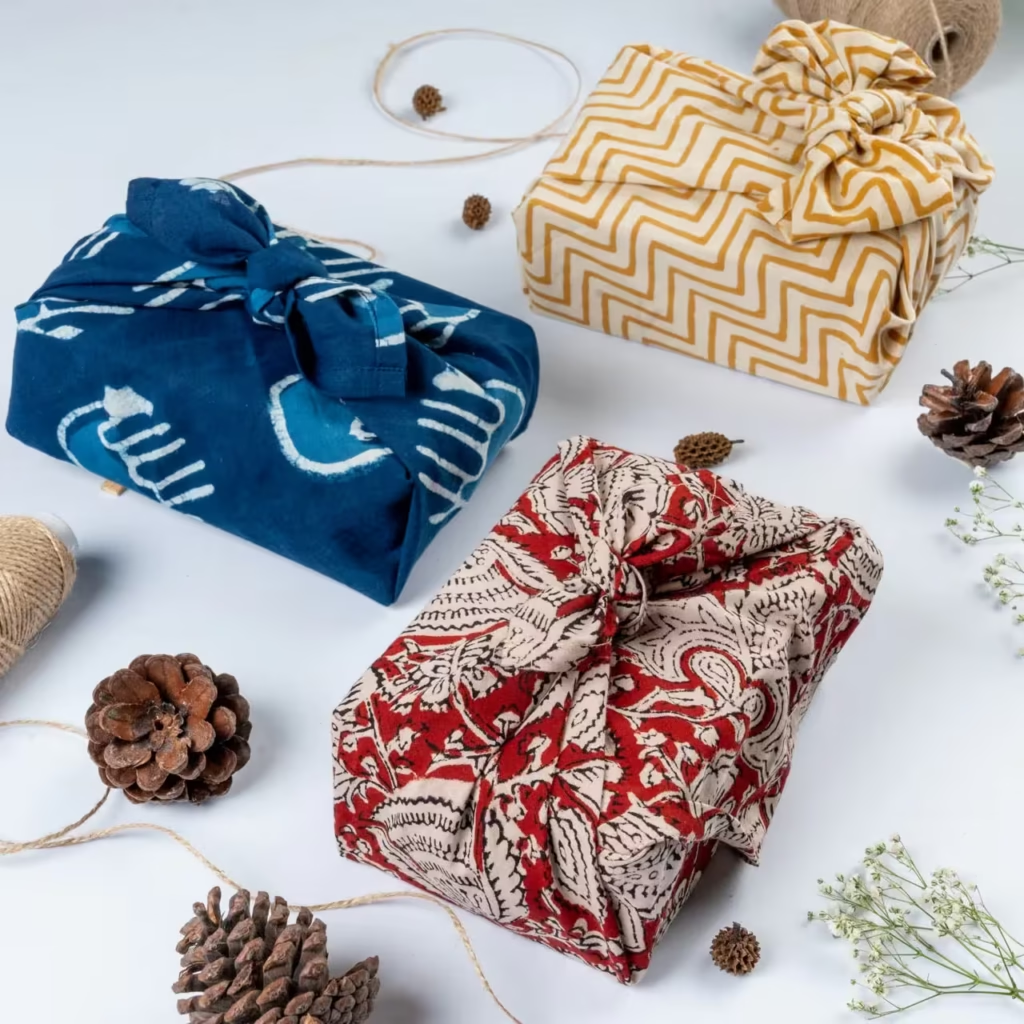
Image Source: Urbancreative
3 Seed paper envelopes
Seed paper is embedded with wildflower or herb seeds so it can be planted after use. Instead of discarding the envelope, recipients can tear it up and place it in soil, turning packaging into a garden. Choose paper made from recycled pulp and avoid glossy coatings. This option is perfect for cards, small jewellery or gift cards.
4 Upcycled newspapers, maps and magazines
Old newspapers, sheet music or magazine pages can give gifts a vintage or artistic look. Vintage maps add an adventurous flair and can be chosen to reflect a place meaningful to the recipient. Newspapers and magazines are typically recyclable, making them a cost‑effective and low‑waste alternative. For extra charm, use pages in a foreign language or children’s drawings.
5 Reusable tote bags and gift sacks
Drawstring cloth bags, tote bags and linen sacks offer a zero‑waste way to present gifts. Mindful of the Home recommends fabric gift bags that can be machine‑washed and reused, while Bed Threads suggests their linen sacks and holiday gift sacks that don’t require scissors or tape. Encourage recipients to pass the bag on with their next gift, creating a cycle of reuse.
6 Vintage boxes, baskets and tins
Reuse items from antique shops or around the house, such as magnetic‑lid boxes, vintage baskets or biscuit tins. Companies now produce elegant reusable boxes in various sizes, and kitchen tins make sturdy containers for fragile items. Vintage crates and lidded baskets can double as part of the gift and provide a nostalgic touch.
7 Mason jars and kitchen containers
Glass jars – like mason jars, jam jars or baby‑food jars – can be filled with homemade goodies, bath salts or small gifts. Wrap the jar in fabric or kraft paper, tie it with twine and add a recycled paper tag. After unwrapping, the jar can be reused for storage.
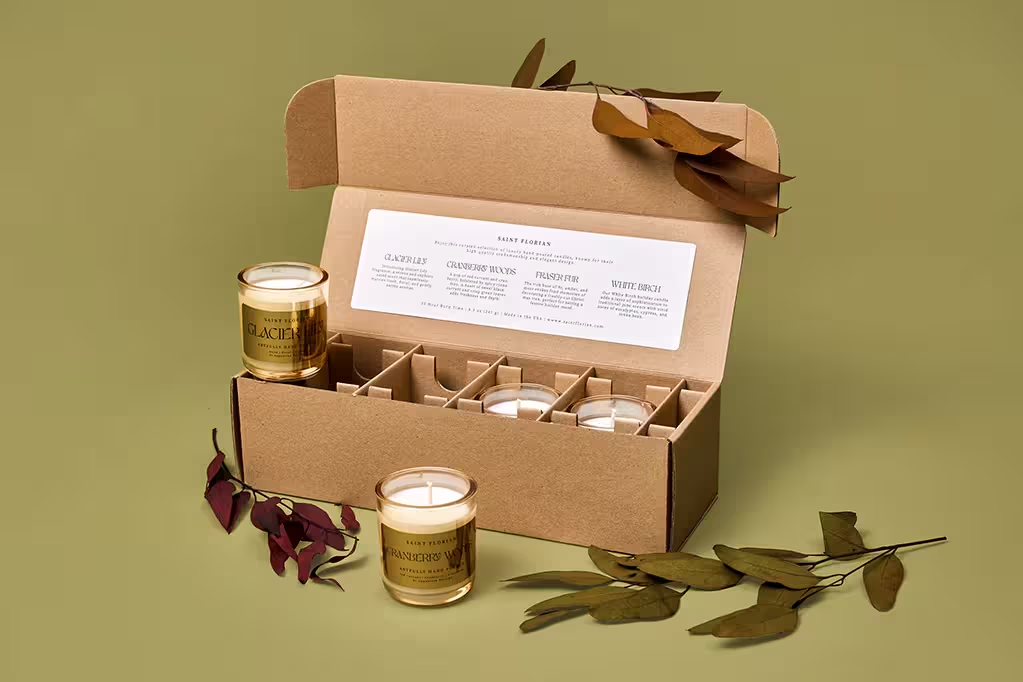
Image Source: FlushPackaging
8 Banana leaf and natural leaf wraps
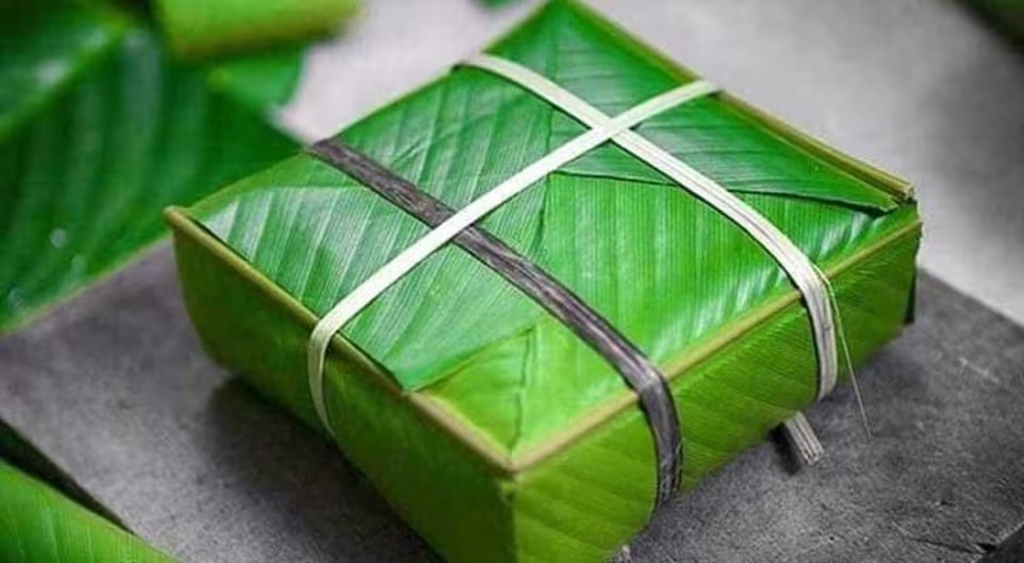
Image Source: ThinkWithNiche
Large leaves such as banana leaves or palm leaves make striking, fully compostable wraps. The PADI blog points out that palm or banana leaves can be used for gifts of any size and add a tropical touch. This method is common in tropical cultures and requires only twine to secure the leaf.
9 Repurposed cardboard and DIY boxes
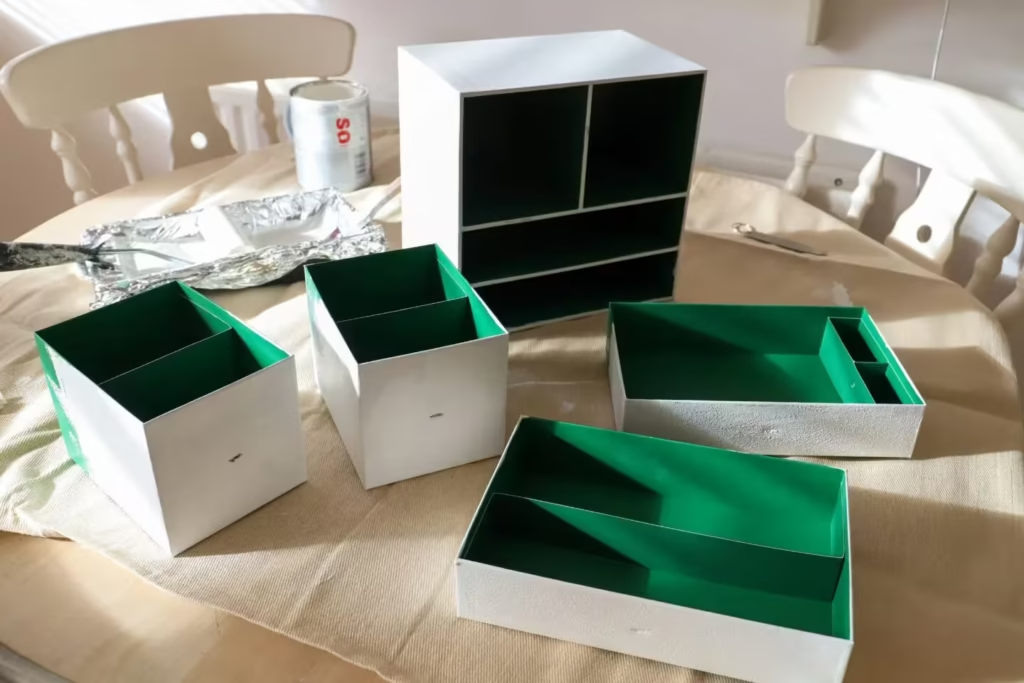
Image Source:
Don’t throw away shipping boxes – instead, cut them apart and reassemble them into custom gift boxes. You can also reuse packaging from purchases or delivery boxes to house gifts. For a decorative touch, wrap the box in kraft paper or recycled paper and tie it with twine and a natural garnish.
10 Compostable pouches and water‑activated paper tape
Compostable pouches made from plant fibres are ideal for small gifts, and they break down naturally after use. When wrapping items, choose washi tape made from bamboo or hemp or gummed paper tape that is water‑activated and 100 % recyclable. Paper tapes avoid the plastic pollution caused by conventional clear tape.
11 Handmade paper cones and tags
Roll recycled paper into cone shapes to create elegant holders for small treats like candy or chocolates. Instead of adhesive labels (which are not recyclable), make paper tags from brown or coloured paper and attach them with twine. Handmade tags add personality and eliminate plastic.
12 Natural decorative elements
Skip plastic bows and ribbons – nature provides beautiful embellishments. Mindful of the Home suggests decorating gifts with leaves, branches, acorns, berries or citrus slices. Bevi recommends collecting pinecones, small branches or cotton buds. A sprig of rosemary or lavender tucked under twine adds fragrance and charm.
13 Upcycled fabrics and T‑shirts
Besides Furoshiki cloths, you can upcycle old T‑shirts or scrap fabric into wrapping cloths. Sew drawstring bags from vintage pillowcases or cut pieces of fabric into squares and hem the edges. Recycled silk ribbons and cotton yarn make excellent ties that can be reused.
14 Digital gifts and experience vouchers
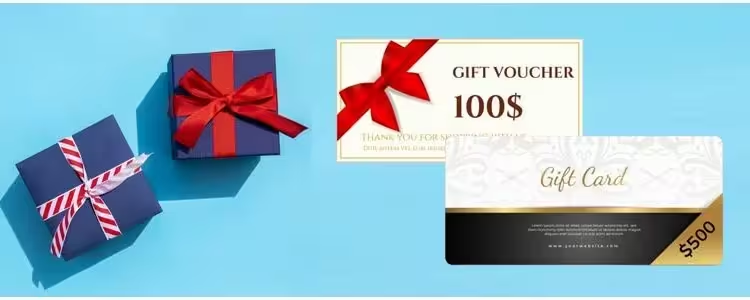
Image Source: KnowBand
The most sustainable gift wrap is no wrap at all. Consider giving digital experiences, such as online courses, e‑books or charitable donations, which require no physical packaging. PADI’s blog notes that many people value experiences over material goods, making intangible gifts both eco‑friendly and memorable.
Visual Inspiration
For more inspiration, explore visual boards or tutorials that illustrate the techniques above.
Comparison: Eco vs. Traditional Packaging
| Aspect | Eco‑friendly packaging | Traditional packaging |
|---|---|---|
| Materials | Recycled paper, fabric, plant fibres, leaves | Laminated paper, plastic film |
| Recyclability | High: most materials are biodegradable or reusable | Low: glossy or glittery paper and plastic tape aren’t recyclable |
| Waste generated | Minimal; wraps can be composted or reused | Significant; often single‑use and destined for landfill |
| Aesthetic | Rustic, artistic, customised with natural decor | Shiny, mass‑produced prints |
| Cost | Can be free or low‑cost when using recycled materials | Often purchased specifically for each occasion |
FAQs
What materials are best for eco‑friendly gift wrap?
Look for recycled or recyclable paper, organic fabrics like cotton or linen, and natural fibres such as jute twine. Avoid plastic‑coated papers and synthetic ribbons, which cannot be recycled.
Is biodegradable packaging cost‑effective?
Using recycled materials like kraft paper and fabric you already own often costs less than buying new gift wrap. While some eco‑friendly products (e.g., seed paper or artisanal wraps) cost more, they can be reused multiple times, saving money over many celebrations.
Can I use recycled materials for premium gifts?
Absolutely. High‑quality recycled paper, vintage tins or elegant fabric wraps can look sophisticated and luxurious. Pair these materials with natural decorations or vintage accessories to elevate the presentation.
Do I need tape to wrap gifts sustainably?
Not necessarily. Kraft paper holds folds well and can be secured with twine. If tape is required, choose biodegradable washi tape or gummed paper tape.
Final Words
Sustainable gift wrapping is more than a trend – it is a conscious choice to reduce waste and embrace creativity. By opting for recycled paper, reusable fabrics, natural decorations and imaginative upcycling, you can package presents beautifully while minimising your environmental footprint. Try incorporating one or more of these ideas the next time you wrap a gift and inspire others to do the same.

